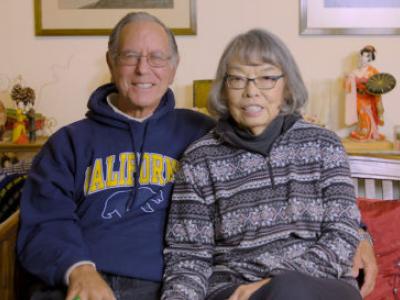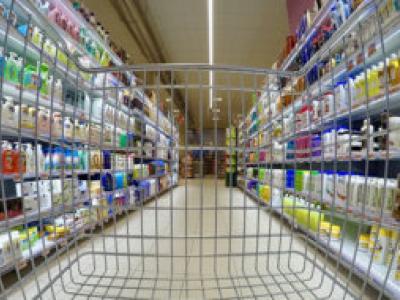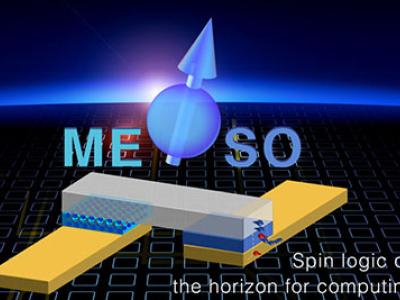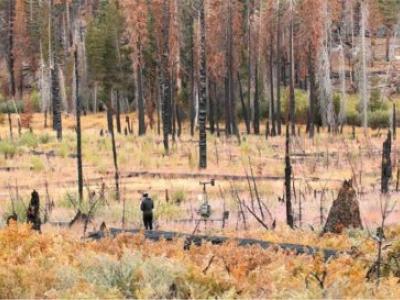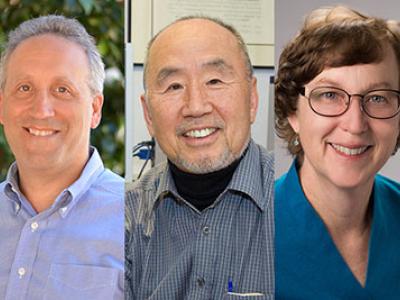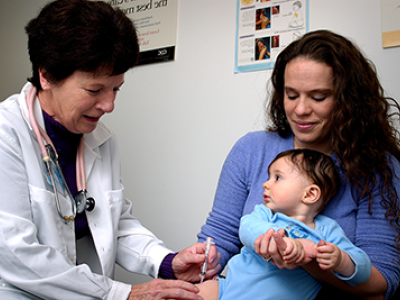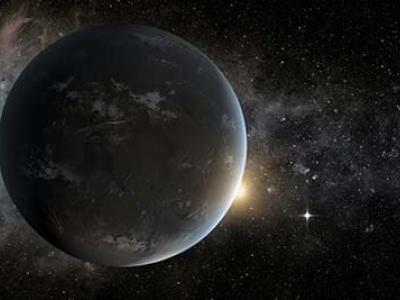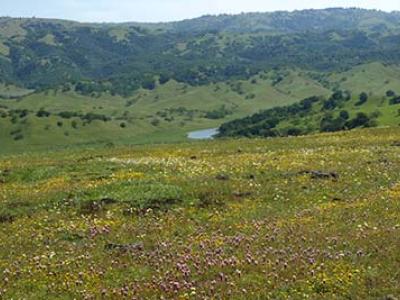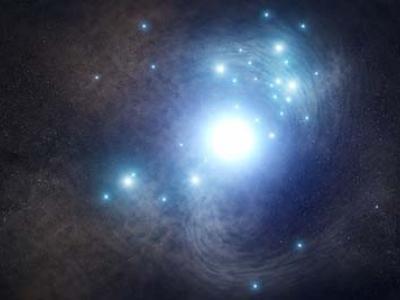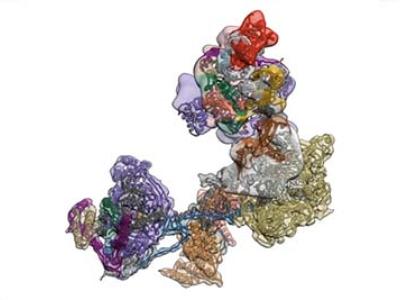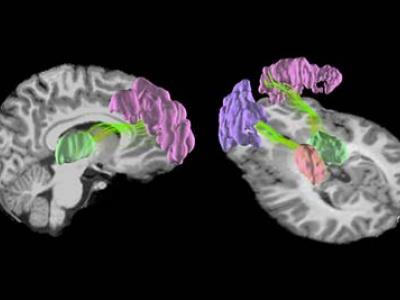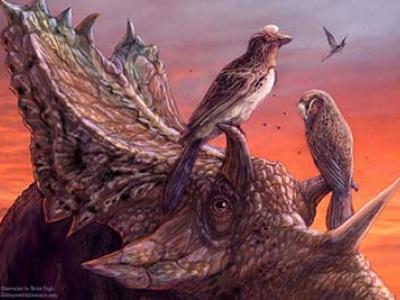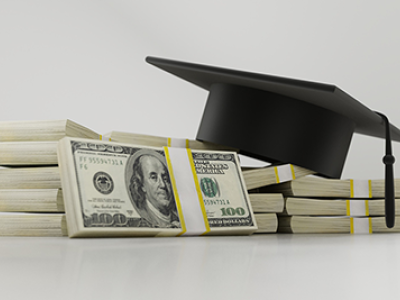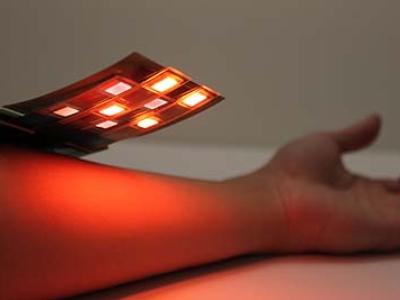Honeymoon long over? Hang in there. A new UC Berkeley study shows those prickly disagreements that can mark the early and middle years of marriage mellow with age as conflicts give way to humor and acceptance.
Research News
Learn more about UC Berkeley's researchers and innovators.
Showing 1681 - 1696 of 3468 Results
Girls exposed to chemicals commonly found in toothpaste, makeup, soap and other personal care products before birth may hit puberty earlier, according to a new longitudinal study led by researchers at UC Berkeley.
Researchers from Intel Corp. and UC Berkeley are looking beyond current transistor technology and preparing the way for a new type of memory and logic circuit that could someday be in every computer on the planet.
Frequent, moderate-intensity burns in California forests don’t just reduce the risk of catastrophic fire. They also serve an ecological role by promoting biodiversity and the regeneration of fire-adapted native plants.
Three senior UC Berkeley faculty members have been elected fellows of the American Association for the Advancement of Science, the nation’s largest scientific organization: Allen Goldstein, Sung-Hou Kim and Katherine Yelick.
Roughly 12 percent of Californians could be without health insurance by 2020 if California fails to enact a new state healthcare mandate, expand coverage to low-income Californians or use government money to make healthcare more affordable.
Every school kid knows that Earth has a magnetic field – it’s what makes compasses align north-south and lets us navigate the oceans. It also protects the atmosphere, and thus life, from the sun’s powerful wind. But what about other Earth-like planets in the galaxy? Do they also have magnetic fields to protect emerging life? A new analysis say they do have a magnetic field, but one generated in a totally novel way.
That moment when you step on the gas pedal a split second before the light changes, or when you tap your toes even before the first piano note of Camila Cabello’s “Havana” is struck. That’s anticipatory timing. New research shows the neural networks supporting each of these timekeepers are split between two different parts of the brain.
As the IPCC warns that we have only 12 years to reduce greenhouse gas emissions by nearly half or risk significantly greater impacts from climate change, UC Berkeley scientists are charting the best course to save California’s native plants from these human threats.
Astronomers may finally have tracked down the type of star that explodes with a distinctive but unusual signature: They show no evidence of hydrogen and helium, by far the most abundant elements in the universe.
Pushing the limits of cryo-electron microscopy, University of California, Berkeley, scientists have captured freeze-frames of the changing shape of a huge molecule, one of the body’s key molecular machines, as it locks onto DNA and loads the machinery for reading the genetic code.
A single season of high school football may be enough to cause microscopic changes in the structure of the brain, according to a new study by researchers at UC Berkeley, Duke University and the University of North Carolina at Chapel Hill.
Both online and face-to-face mortgage lenders charge higher interest rates to black and Latino borrowers, costing those homebuyers up to half a billion dollars more in interest every year than white borrowers with comparable credit scores.
During the late Cretaceous period, more than 65 million years ago, hundreds of different species of birds flitted around the dinosaurs and through the forests as abundantly as they flit about our woods and fields today. But after the cataclysm that wiped out most of the dinosaurs, only one group of birds remained: the ancestors of the birds we see today. Why did only one family survive the mass extinction?
Telling low-income California high school students that they “belong” in college makes them more more likely to apply for the financial aid needed to attend college.
A new flexible sensor developed by engineers at UC Berkeley can map blood-oxygen levels over large areas of skin, tissue and organs, potentially giving doctors a new way to monitor healing wounds in real time.

